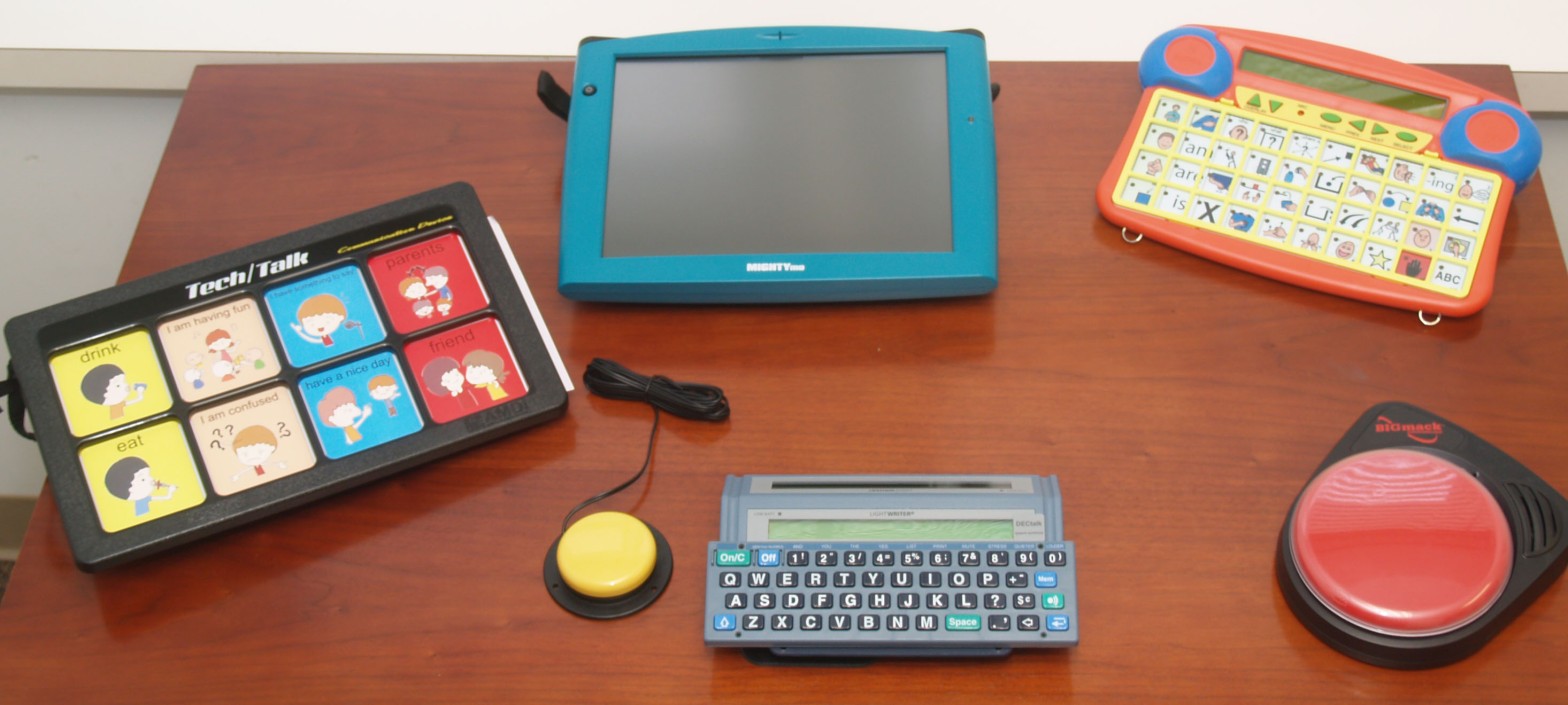When your child suddenly spouts out a new word, sound, or sentence type, it’s a cause for celebration! How exciting — they’ve learned something new! And then… it disappears. You try to tell your spouse or friend or therapist about this new accomplishment and get your child to show off their new skill and… nothing.Continue reading “A Swing and a Miss”
Tag Archives: Speech Development
Give Me Five!
You may already know how I feel about flashcards (spoiler alert: I hate them), but there is something to be said for repeated practice as a way to cement new skills. So how do we help children with hearing loss improve their articulation in a way that allows them enough opportunities to practice without resortingContinue reading “Give Me Five!”
Three Bears, Thirty Ways
When I coach other professionals, I tell them to work smarter, not harder! I like to pick just one book and make it work for ALL of the children I see in a week. My schedule is filled with listeners of all different ages, developmental levels, and needs, but with some creative thinking, you canContinue reading “Three Bears, Thirty Ways”
A Balanced Plate
Nutritionists advise diners to think about building a “balanced plate” of proteins, carbohydrates, fruits, and vegetables for every meal. Eating too much of one thing isn’t good for your health! An Auditory Verbal session can be imagined in the same way. Too much focus on one type of goal or activity doesn’t help childrenContinue reading “A Balanced Plate”
Choose Your Highlighter
Acoustic highlighting is a key strategy in Auditory Verbal Therapy. By changing the way that we present verbal information (for example, adding emphasis, repetition, or intonation), we can help children tune in to specific aspects of the signal, such as a new word or missed speech sound. There are many different ways to acoustically highlight,Continue reading “Choose Your Highlighter”
Considering Alternative Means of Expressive Communication
While learning to listen and speak is possible for many children who have hearing loss, there are some children who, for reasons of additional disabilities or other complicating conditions, can learn to listen with technology but may struggle to produce spoken language. What choices should parents and professionals consider when deciding how to best helpContinue reading “Considering Alternative Means of Expressive Communication”
Learning to Listen Sounds
The cow says “moo,” the sheep says “baa,” and pretty soon the entire therapy room is sounding like a barnyard… but what are these Learning to Listen Sounds all about and why are week p-p-p-ing for the boat and woof-woof-woof-ing for the dog to help children learn to listen and talk?
Auditory Verbal Strategies Survey
I am conducting a survey to investigate the strategies that professionals (and pre-professional students) use to facilitate listening and spoken language skill growth in children who are deaf or hard of hearing. Please consider participating in this study to further the knowledge in our field! CLICK HERE TO PARTICIPATE.
It’s All About Listening/ It’s Not All About Listening
In Auditory Verbal Therapy, we want children to learn to listen all the time, but we don’t want them to focus just on listening. We focus on audition, but we don’t focus only on audition. Listening is an important factor, but it’s not the only factor. So which is it — is AVT all about listening, orContinue reading “It’s All About Listening/ It’s Not All About Listening”
Living Room Idol
Whether you love singing or wouldn’t be caught dead singing in the shower, singing is a terrific way to help your child with hearing loss learn important listening and spoken language skills. You don’t have to be an award-winning singer to build your child’s brain through music.









